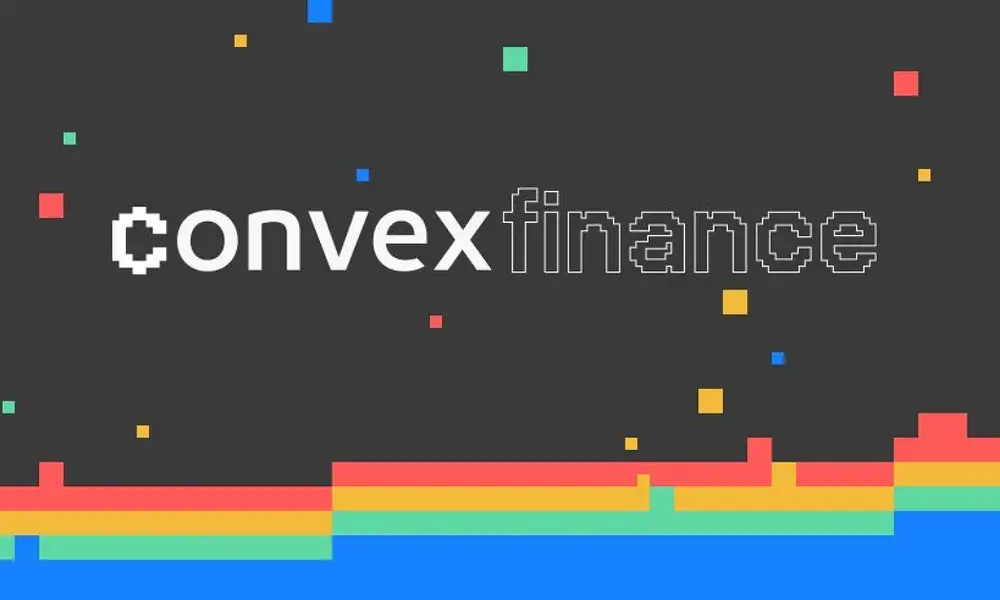
The DeFi sector is becoming more and more developed, and more widespread than ever. In April 2022, DeFi exists on pretty much every blockchain that can support smart contracts, and it has been a long time since DeFi protocols were only available on Ethereum. While this is generally a good thing as it decentralizes decentralized finance by bringing it to other chains, it also means that the old, original DeFi projects now have quite a bit of competition.
Curve Finance, for example, is the third-largest DeFi protocol according to TVL, as recorded by defipulse. Even so, the project needs to ensure that it will remain competitive in order to prevent This is what led to the creation of Convex Finance (CVX) — a protocol that runs on Curve Finance and complements it by helping its stakers and liquidity providers earn higher rewards, and as a result, incentivizing them to stay and keep supporting the project.
How Does Convex Finance (CVX) Work?
Convex Finance is a DeFi protocol developed on top of Curve Finance, and meant to provide greater incentive to Curve’s users — including CRV stakers and liquidity providers. Basically, Curve Finance pays liquidity providers its native crypto, CRV. In addition to that, it alsp aččpws users to lock up CRV tokens in order to receive voting rights. By locking up CRV, users receive veCRV, and the longer their CRV remains locked up (with a maximum of 4 years), the more veCRV users get in return.
Also, apart from the voting rights, veCRV holders also get a portion of 50% of the Curve platform’s trading revenue.
This is where Convex comes in, as it pays liquidity providers on Curve with boosted CRV incentives. All that users need to do in order to receive boosted CRV incentives is to lock their CRV tokens with Convex. In other words, as soon as you deposit any amount of Curve LP tokens on Convex Finance, you automatically start earning boosted CRV. You can still withdraw your tokens at any time with no penalties involved.
What Problems Does Convex Finance (CVX) Solve?
Convex Finance is a project that complements Curve Finance and improves the users’ experience in several important ways. For example:
Helps liquidity providers and CRV stakers earn higher returns
Curve Finance rewards liquidity providers with its governance token, CRV, as well as trading fees for trades that take place on its platform. Users who choose to stake that CRV receive another token, veCRV, which grants them voting rights. However, Convex Finance offers users to deposit their Curve LP tokens on its own platform, which rewards them with boosted CRV, which grants them even more rewards.
Essentially, users earn Curve Finance trading fees, boosted CRV, as well as CVX tokens, making it significantly more rewarding to do things this way.
Increases liquidity of Curve Finance
By offering additional rewards to Curve’s liquidity providers, Convex directly contributes to the number of liquidity providers, as more people become interested in the deal that allows them to earn greater amounts of money. This is extremely beneficial for all involved parties, as Curve gets more liquidity, Convex gets more users, and users get greater profit through rewards.
Benefits of Convex Finance (CVX)
Convex Finance has certain features that allow users to benefit directly in several big ways, such as:
Staking CRV
CRV holders can lock up their CRV tokens up to 4 years in order to receive veCRV, or vote-escrowed CRV. The longer the period they stake their tokens for, the greater the rewards that they receive. And, as the name suggests, veCRV grants users voting rights in the Curve DAO, plus a portion of 50% of the Curve platform’s trading revenue. But, Convex allows CRV holders to lock up their tokens on Convex’s platform, and receive cvxCRV as a tokenized representation of their staked deposit.
Those who hold cvxCRV receive trading fees from Curve, plus a portion of the enhanced RV payouts, plus the percentage of Convex fees if they also stake CVX token.
Earning boosted CRV and CVX tokens
Convex allows Curve liquidity providers to earn trading fees and claim boosted CRV without having to lock up CRV tokens themselves. Basically, LPs can receive CRV with a high boost while still holding their CRV, and on top of that, they also get to earn CVX rewards. CVX can be staked on Convex to earn a share of Curve’s LP’s CRV earnings, and staked CVX will also result in the users receiving its portion of the fees as cvxCRV.
This will keep CRV in the system that builds boost, while users can use the cvxCRV/CRV liquidity pool to trade their cvxCRV tokens. At the same time, holding CVX also grants users voting rights on how Convex Finance allocates its veCRV towards Curve Finance.
So, to put it simply — if you are a CRV staker and you stake your CRV with Convex, you will earn boosted CRV. You will also earn a share of the Convex platform fees in CRV, earn trade fees from Curve, receive liquid cvx CRV that allows you to exit your staked CRV position, and start receiving CVX as a reward.
Bottom Line
Convex Finance is not a typical DeFi protocol, but even so, it plays an important role in the DeFi sector, especially when it comes to Curve Finance’s own performance and ecosystem. As such, it managed to secure the fourth spot on the list of largest DeFi protocols by TVL, right after Curve itself.
It is also attractive to users because it features zero withdrawal fees, as well as minimal performance fees. What little it charges is used to pay for gas and distributed to CVX stakers, meaning that it all goes back to the community, from where it came. These levels of transparency and decentralization make it a trustworthy project, which is only one of the reasons why it became as popular as it is.


















